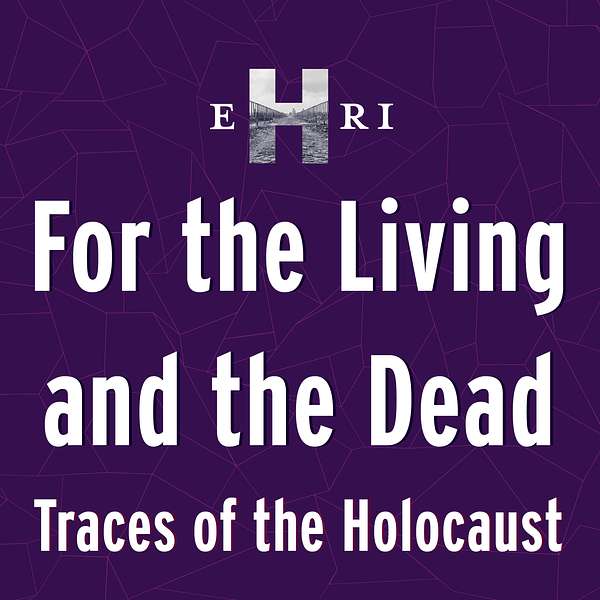
For the Living and the Dead. Traces of the Holocaust
For the Living and the Dead. Traces of the Holocaust
A Place of Paradise
In this episode, the object of our focus is a black and white photograph that offers a harrowing glimpse into the narrow survival of Nazi camp prisoners. Two of the survivors in this image would later travel to the ‘paradise’ of Windermere, in the Lake District in England, on 14 August 1945. The image contains a stark contrast; the jubilant gestures of greeting from the gaggle of young survivors sits in juxtaposition with the cargo train they are loaded onto, a vehicle normally used for transporting goods and chattel and speaks to the extraordinary nature of the story behind it.
The photo is remarkable, not least because it captured the precise moment of liberation on May 8th, 1945, for many of the young survivors - who were meant to be taken to Theresienstadt camp ghetto - but because the train contains two young Jewish survivors who later became known as part of "The Windermere Group". The podcast focuses on Ike Alterman, one of the 300 young Jewish orphans who were selected to travel to Windermere for recuperation. Ike survived no less than four concentration camps and multiple death marches by the time he was sixteen, and it is because of him that this photograph, along with many others, has found its way into the safekeeping of The Lake District Holocaust Project. We hear from Ike’s testimony in this episode, and how this photograph was taken only minutes after the survivors found out that they had been freed.
Ike Alterman was born in 1928 in Ożarów, Poland to a large, Orthodox Jewish family. His upbringing was happy, but his life and that of his family was changed in the short matter of weeks after the Nazi invasion of Poland in 1939. Ożarów was taken over by the Nazis and made into its own Ghetto which meant that whilst his family were not forcibly removed, the conditions of their lives changed drastically and for two years they lived in fear, poverty and persecution. After two years, the horrible moment came in which Ike’s family were separated; his mother, brother and sisters were sent to Treblinka, never to be heard of again. Ike and his father were taken to Blyzin as slave labourers, but were later separated too. Aged only thirteen or fourteen, Ike was alone in a horrific system of violence.
Ike was transported from Blyzin to Auschwitz-Birkenau and then from there to Buchenwald by way of a death march, finally arriving in Theresienstadt in 1945. Through Ike’s powerful testimony, we hear the atrocities of life in these camps. What makes his testimony unique, as is discussed in this episode, is that Ike’s work at Auschwitz-Birkenau put him in the unusual position of entering the crematoriums used as part of the Nazi’s ‘final solution’ to collect clothes, making Ike one of the last living survivors who actually witnessed such crematoriums in operation and the atrocities they concealed.
- Music accreditation: Blue Dot Sessions. Tracks – Opening and closing: Stillness. Incidental, Gathering Stasis, Pencil Marks, Uncertain Ground, Marble Transit and Snowmelt. License Creative Commons Atttribution-NonCommercial 4.0 International (BB BY-NC 4.0).
- Andy Clark, Podcastmaker, Studio Lijn 14

